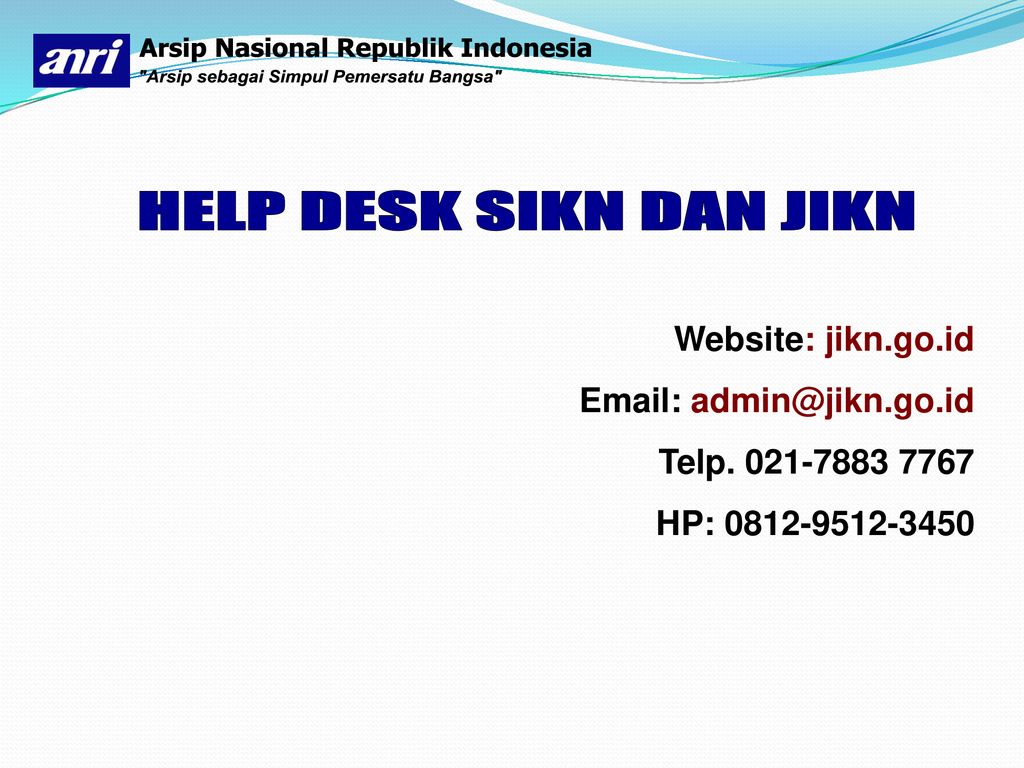Understanding Türk Sex Sotwe: Exploring Turkish Digital Content And Software
It's quite something how technology shapes our world, isn't it? We often hear phrases like "türk sex sotwe" floating around, and it can leave us wondering what it truly means in the broader picture of digital content. Basically, this phrase, when we look at it closely, points to the fascinating connection between Turkish culture and the software that helps share and create digital experiences. You know, it's about the tools and platforms that bring Turkish stories, art, and entertainment to screens everywhere.
So, too it's almost, we are talking about the vibrant world of Turkish digital media, and how various software applications are central to its growth. This includes everything from streaming services that bring beloved Turkish dramas right to your living room, to innovative apps that help artists express themselves. There's a lot happening in this space, and it's rather exciting to see.
This discussion will, in a way, unpack the layers behind "türk sex sotwe," focusing on the software that empowers creators and consumers alike within the rich tapestry of Turkish digital content. We will look at how these digital tools are shaping what people watch, listen to, and interact with, giving us a clearer picture of this evolving landscape, you know.
- Sophie Rain Spiderman Erome
- 5 Movierulz Kannada
- Viralkans
- Securely Connect Remoteiot P2p Ssh Windows 10
- Vika And Vova Jump Original
Table of Contents
- The Evolution of Turkish Digital Content
- Software's Role in Cultural Access
- Current Trends in Turkish Digital Media
- User Experience with Turkish Software
- The Future of Digital Content Creation in Turkey
- Frequently Asked Questions About Turkish Digital Content
The Evolution of Turkish Digital Content
Looking back, the journey of Turkish digital content has been quite remarkable, really. It started with simple websites and forums, slowly growing into the complex ecosystem we see today. This evolution, you know, reflects how people's access to the internet and their interest in digital platforms have changed over time.
Early Digital Footprints
In the beginning, Turkish digital content was, in some respects, mostly text-based, found on early internet forums and personal blogs. These were the first places where people could share thoughts and creative writings online. It was a very different scene from what we have now, but it laid the groundwork, basically.
As the internet grew, we saw, perhaps, the first Turkish websites emerge, offering news, general information, and early forms of entertainment. These sites, you know, were often quite basic in design but were pioneering efforts in bringing Turkish voices to the web. They were, in a way, the digital equivalent of early broadcasting.
Rise of Streaming and Platforms
Then came a big shift with the rise of streaming technologies, which, you know, completely changed how people consumed media. This meant Turkish films and TV shows could reach audiences beyond traditional broadcast limits. Services began to pop up, offering a wide range of content, which was pretty exciting for everyone.
Platforms dedicated to Turkish content, like some local streaming services, started to gain significant traction. These platforms made it much easier for people to find and watch their favorite shows and movies, often with subtitles for international viewers. It was, arguably, a game-changer for cultural exchange, allowing Turkish stories to travel further.
Community-Driven Content
A really interesting aspect of this evolution is the growth of community-driven content, too it's almost. People started creating their own videos, podcasts, and digital art, sharing them on platforms like YouTube and various social media sites. This bottom-up approach has added a rich layer to the digital landscape, allowing diverse voices to be heard.
These communities, you know, often form around shared interests, whether it's a love for a particular genre of music or a specific type of storytelling. They show how digital spaces can bring people together, creating new forms of content that are genuinely unique. It’s a powerful example of how digital tools empower everyday people, you know.
Software's Role in Cultural Access
The role of software in making Turkish culture accessible to a wider audience is, in a way, impossible to overstate. It’s the very backbone that supports the sharing and experiencing of everything from traditional music to modern art. Without these digital tools, much of this would simply not be possible, or at least, not as easily.
Bridging Distances with Technology
Software applications, you know, have a truly amazing ability to connect people across vast distances. For Turkish culture, this means that someone living far away can still enjoy a folk song or watch a historical drama. It breaks down geographical barriers, making cultural experiences universally available, which is pretty neat.
Think about translation software, for example. It allows Turkish content to be enjoyed by non-Turkish speakers, opening up new audiences around the globe. This kind of technology is, arguably, crucial for cultural exchange, letting more people connect with stories and traditions they might not otherwise encounter. It’s a very practical way to share, you know.
Preserving Heritage Digitally
Another really important contribution of software is its ability to help preserve cultural heritage. Digital archives, powered by robust software systems, can store vast amounts of historical documents, traditional music, and ancient texts. This ensures these valuable pieces of heritage are protected for future generations, which is actually vital.
These digital repositories, you know, make it possible for researchers and enthusiasts to access materials that might otherwise be fragile or hard to find. It's a way of keeping history alive and accessible, ensuring that the richness of Turkish heritage is not lost to time. It’s a very significant role that technology plays, to be honest.
Interactive Cultural Experiences
Beyond just viewing, software also enables interactive cultural experiences. Imagine virtual tours of historical sites or applications that let you learn a traditional dance step by step. These tools make learning about culture much more engaging and personal, which is pretty cool.
Museums and cultural institutions, you know, are increasingly using software to create immersive experiences for visitors, both online and in person. This could be, for instance, through augmented reality apps that bring ancient artifacts to life. It truly transforms how we interact with and learn about different cultures, making it a bit more hands-on.
Current Trends in Turkish Digital Media
The digital media scene in Turkey is always moving, always changing, which is quite fascinating to observe. There are some really clear trends right now that show us where things are headed. It's about how people are using their devices and what kind of content they are looking for, you know.
Mobile-First Content Consumption
One of the biggest trends, perhaps, is the strong focus on mobile devices. Most people in Turkey access digital content through their smartphones, which means creators and platforms are really thinking about how their content looks and feels on smaller screens. It’s all about convenience and being able to watch anything, anywhere, which is very popular.
This mobile-first approach, you know, influences everything from video formats to app design. Content needs to load quickly and be easy to navigate on a phone. It's a fundamental shift that has reshaped how digital media is produced and consumed, making it much more immediate and personal, in a way.
Niche Platforms and Communities
We are also seeing a rise in niche platforms and communities. Instead of just broad, general sites, people are finding smaller, more specialized spaces where they can connect over very specific interests. This could be for a particular genre of music, a unique hobby, or even just a shared sense of humor, you know.
These niche communities, you know, often foster deeper connections and more engaged interactions. They allow for content that caters to very specific tastes, which is something larger platforms might not always prioritize. It's a testament to how diverse people's interests truly are, allowing for a bit more tailored experience.
The Influence of AI in Content Creation
Artificial intelligence, or AI, is starting to have a really significant influence on how digital content is created, too it's almost. From helping with video editing to generating ideas for stories, AI tools are becoming more common. This can make the creation process faster and, in some cases, open up new creative possibilities, which is pretty interesting.
While AI is still developing, its potential to change the digital content landscape is huge. It might help personalize content recommendations even further or assist artists in developing new visual styles. It's a topic that's getting a lot of attention right now, and its impact is, arguably, just beginning to be felt, you know.
User Experience with Turkish Software
When it comes to software that serves the Turkish audience, how easy and enjoyable it is to use, the user experience, is absolutely key. Good design means people will keep coming back, while a difficult interface can push them away. It's about making things feel natural and intuitive, you know.
Designing for Local Preferences
Designing software for local preferences is, perhaps, a really important part of creating a good user experience. This means understanding cultural nuances, language specifics, and even common digital habits in Turkey. It’s not just about translation; it's about making the software feel like it was made just for them, which is pretty thoughtful.
For example, the way menus are organized or how information is presented might differ from what's common in other countries. Developers who pay attention to these details often create products that resonate much more strongly with Turkish users. It's a subtle but very powerful aspect of design, to be honest.
Accessibility and Inclusivity
Another really vital aspect is ensuring accessibility and inclusivity. This means designing software that can be used by everyone, including people with disabilities. Features like screen readers, adjustable text sizes, and clear visual cues make a big difference, allowing more people to enjoy digital content, which is very important.
Inclusivity also extends to making sure content is relevant and respectful of diverse backgrounds within Turkey. It's about creating a welcoming digital space for all users, which, you know, builds trust and encourages broader participation. It's a foundational element for any good software, really.
Feedback and Continuous Improvement
The best software, you know, is always evolving, and a big part of that comes from user feedback. Listening to what people say about their experience, what works, and what doesn't, is crucial for continuous improvement. This iterative process helps developers refine their products and address any issues that pop up, which is pretty standard practice.
Regular updates and new features, based on what users want, keep software fresh and relevant. It shows that the creators are committed to providing the best possible experience, which, in a way, builds a loyal user base. This ongoing dialogue between users and developers is very healthy for the digital ecosystem.
The Future of Digital Content Creation in Turkey
Looking ahead, the future of digital content creation in Turkey seems very bright, with new technologies and creative approaches constantly emerging. It’s a dynamic space, and there’s a lot of potential for growth and innovation. The landscape is, arguably, set to evolve even further, you know.
Emerging Technologies
New technologies like virtual reality (VR) and augmented reality (AR) are starting to open up entirely new ways to create and experience digital content. Imagine immersive stories where you feel like you are actually inside the narrative. These tools could revolutionize how Turkish culture is presented and explored, which is very exciting.
Blockchain technology, too it's almost, might also play a role in how content is owned and distributed, potentially giving creators more control and fair compensation. These emerging technologies are, in a way, just beginning to be explored, but their potential impact on digital content creation is truly significant, you know.
Creator Economy Growth
The rise of the "creator economy" is another major trend that will shape the future. More and more individuals are building their own brands and businesses around the content they create, from independent filmmakers to digital artists. This empowers a new generation of talent, allowing them to reach audiences directly, which is pretty cool.
Platforms that support creators through various monetization models will become even more important. This shift means that unique, independent voices can thrive, adding even more diversity to the Turkish digital content scene. It's a very exciting time to be a creator, to be honest.
Global Reach for Local Stories
Finally, the ability for local Turkish stories to reach a global audience will only continue to grow. With improved translation software and wider distribution channels, content created in Turkey can find fans all over the world. This helps share the rich cultural heritage and contemporary narratives of Turkey with a much broader public, which is very impactful.
This global reach means that Turkish creators have an unprecedented opportunity to connect with diverse audiences, fostering greater understanding and appreciation of their culture. It's a testament to the power of digital connectivity, allowing local voices to resonate on a truly international stage, you know. Learn more about digital trends on our site, and link to this page for more insights.
Frequently Asked Questions About Turkish Digital Content
People often have questions about how Turkish digital content works and what's available. Here are a few common inquiries, you know, that might help shed some light on the topic.
How does technology help share Turkish culture?
Technology, in a way, acts as a bridge, making Turkish culture accessible across geographical boundaries. Software allows for streaming of Turkish films and series, digital archiving of historical texts, and interactive online experiences like virtual museum tours. This helps people all over the world connect with Turkish heritage and modern expressions, which is pretty amazing.
Are there popular Turkish streaming platforms?
Yes, there are, actually, several popular streaming platforms that offer a wide range of Turkish content, including dramas, movies, and documentaries. Some of these are local services that specialize in Turkish productions, while international platforms also feature a significant amount of Turkish programming due to its global popularity. It's a growing area, you know.
What kind of software is common for Turkish digital artists?
Turkish digital artists, like artists everywhere, use a variety of software depending on their medium. This can include graphic design programs for visual art, video editing suites for filmmaking, and audio production software for music. Many also use specialized tools for animation, 3D modeling, or interactive media, which is very much like global trends in digital art, to be honest.
- Sone248
- Kaylee On Today Show
- Remoteiot Vpc Ssh Raspberry Pi Download Free Windows
- Todd Cohen Net Worth

Unveiling The Sotwe Yerli Story: A Deep Dive Into Life And Work

Sotwe Türk OnlyFans: Exploring The Rise Of Turkish Creators On The Platform

Sotwe pemersatu